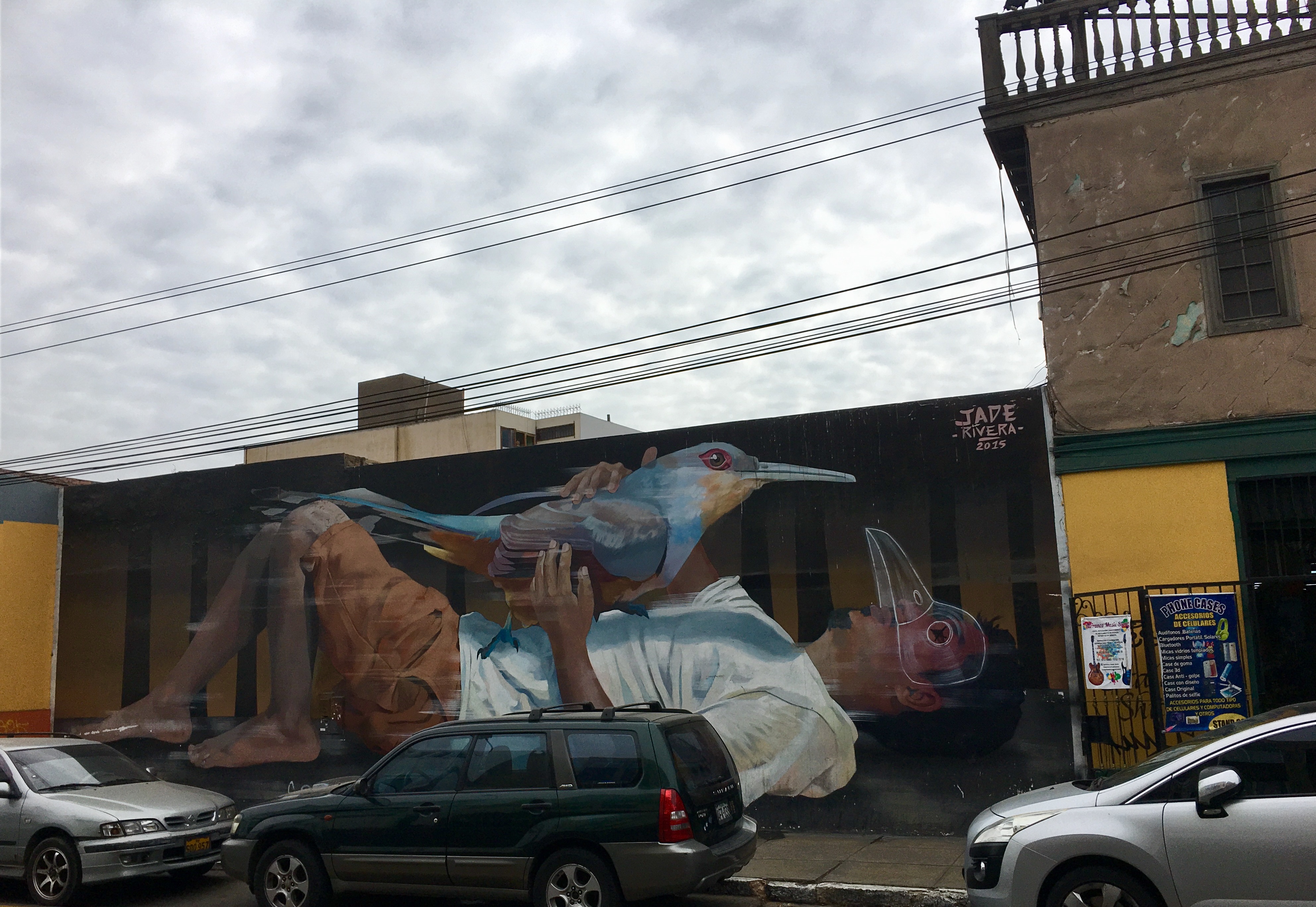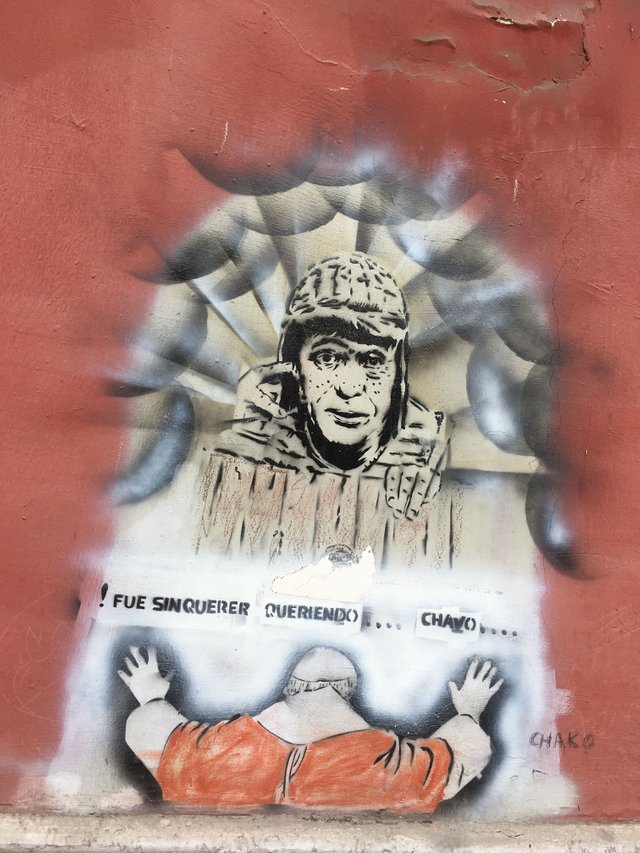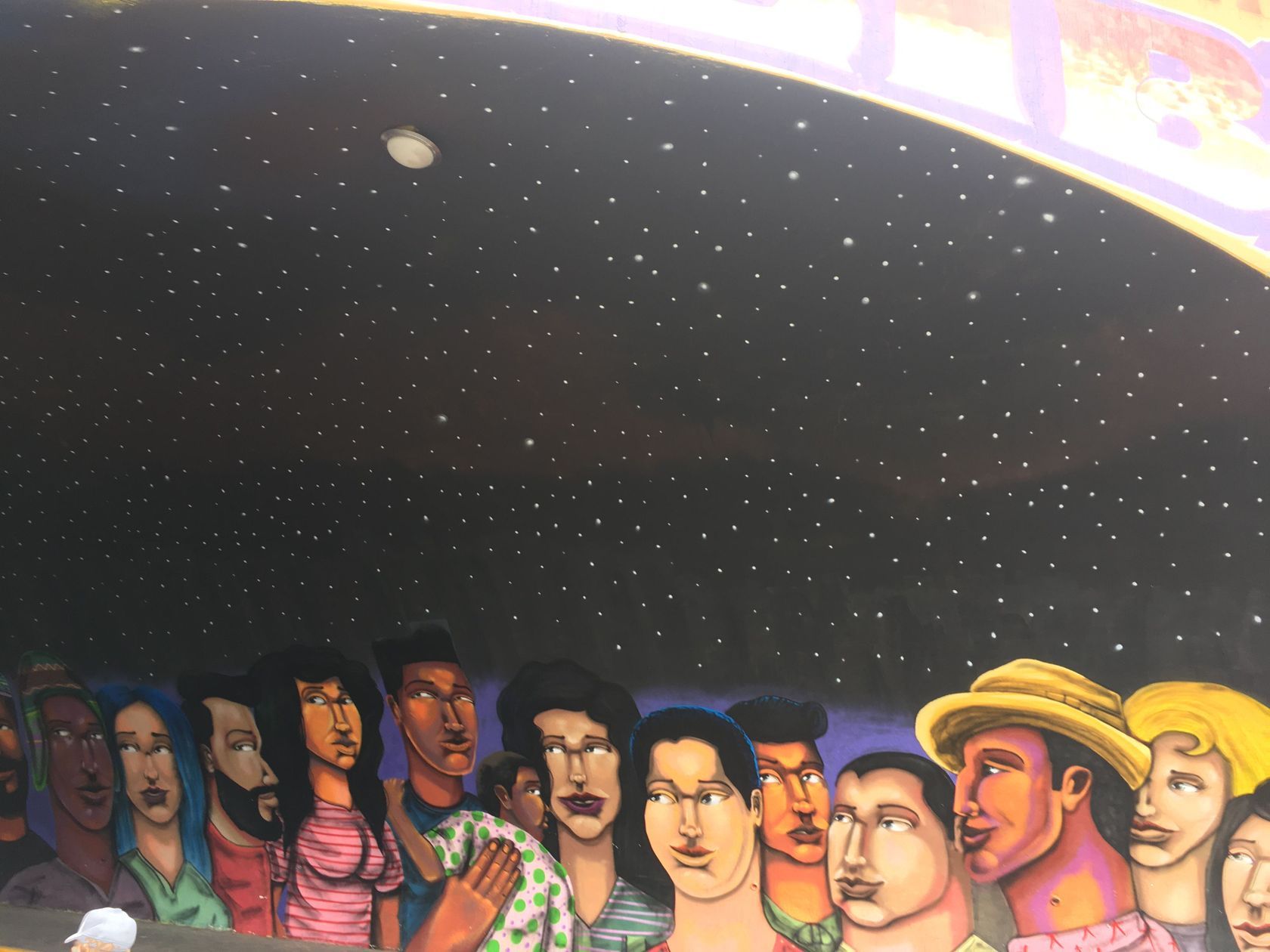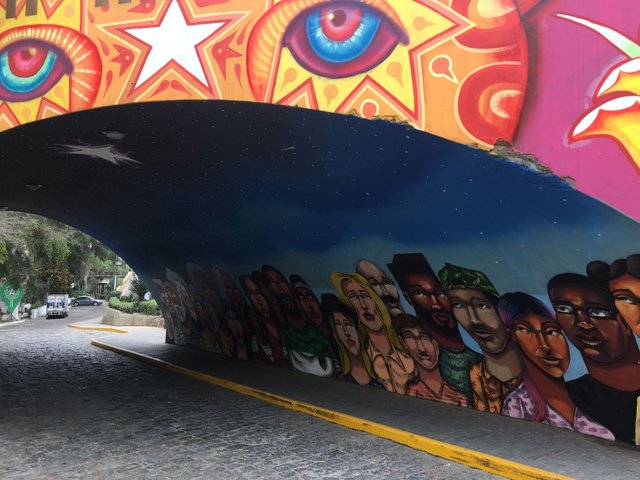Street Art From Around the World: Egypt to Brazil
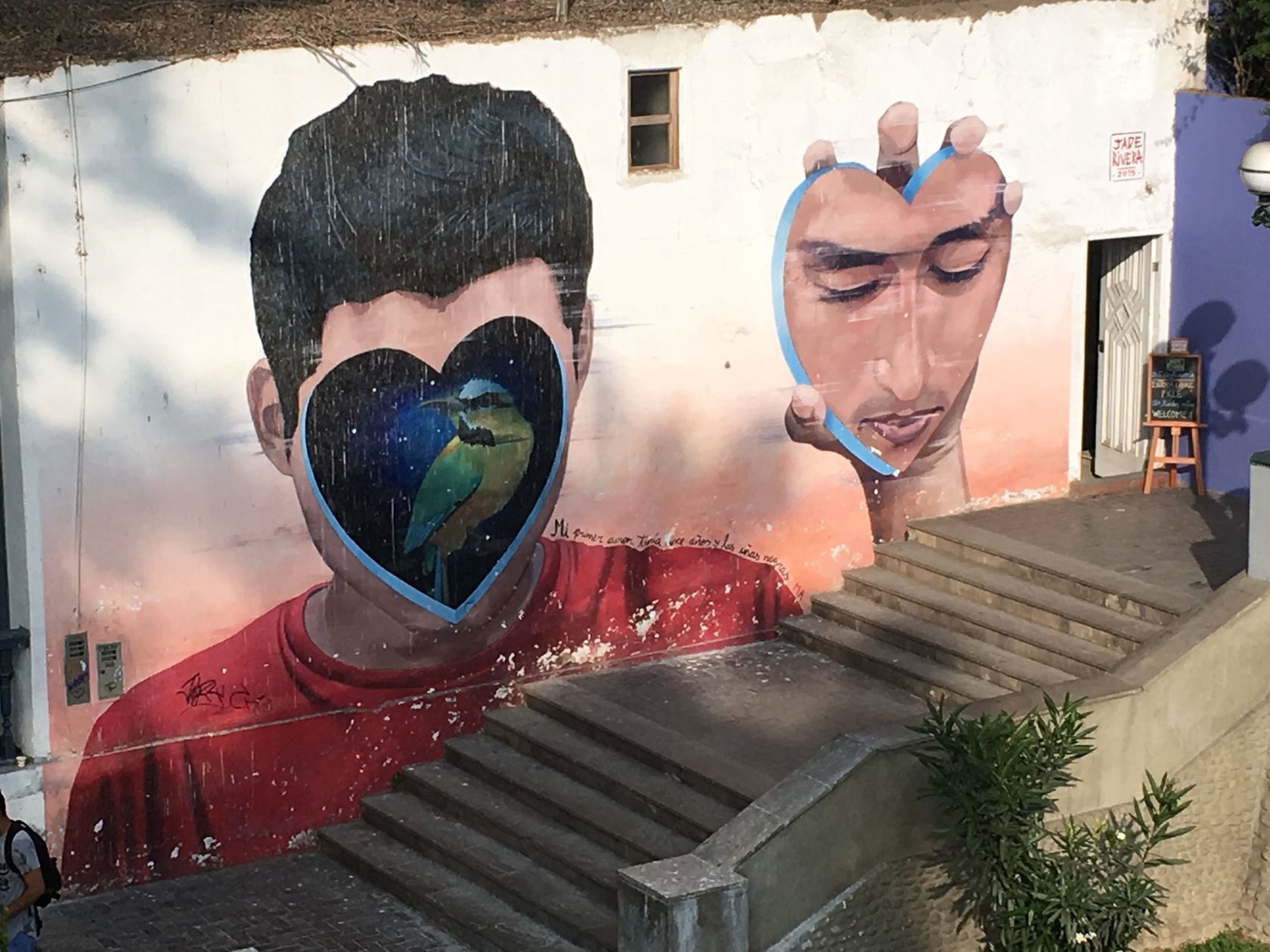

I have always admired street art, for its daring and creativity—the witty, hard-hitting work of Banksy, for example, being a justly celebrated case in point.

I remember in Egypt, after our revolution, how this art form erupted. Part open-air gallery, but mostly a kind of guerilla journalism-on-the-run, it was almost as dangerous as being a war reporter, given how humorless and thin-skinned dictators could be when it came to criticism (or, worse, public humiliation).
My favorite piece of protest art in Egypt from this time is “Nefertiti In A Gas Mask” - an image worth a thousand words. To me, it represented the historic scorn of our fabled past looking down on our impoverished current cultural moment, using just one eloquent juxtaposition:
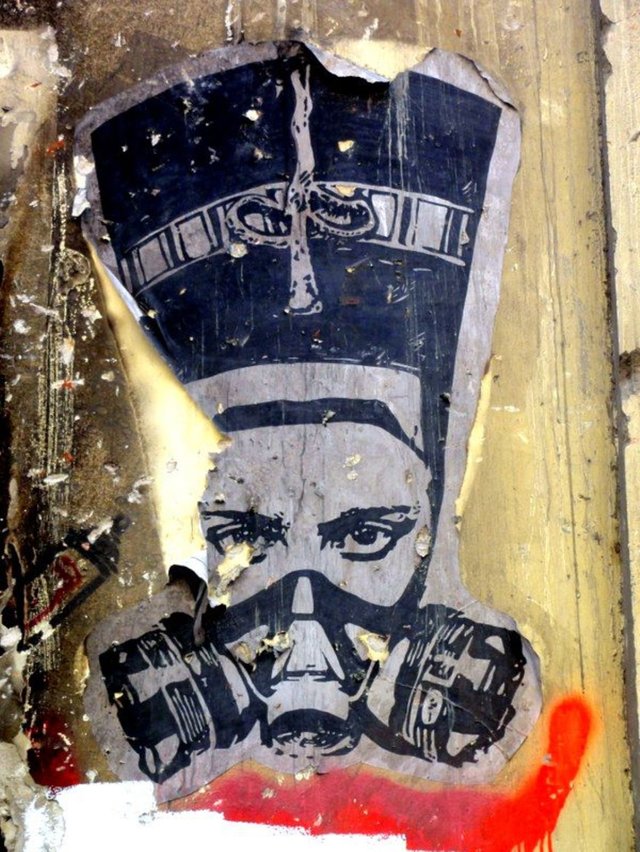
Another piece, below, is by a dear friend of mine, artist Mira Shihadeh, and addressed another serious social issue in Egypt, the region and, as it turns out, the world! It reads 'No to sexual harassment':
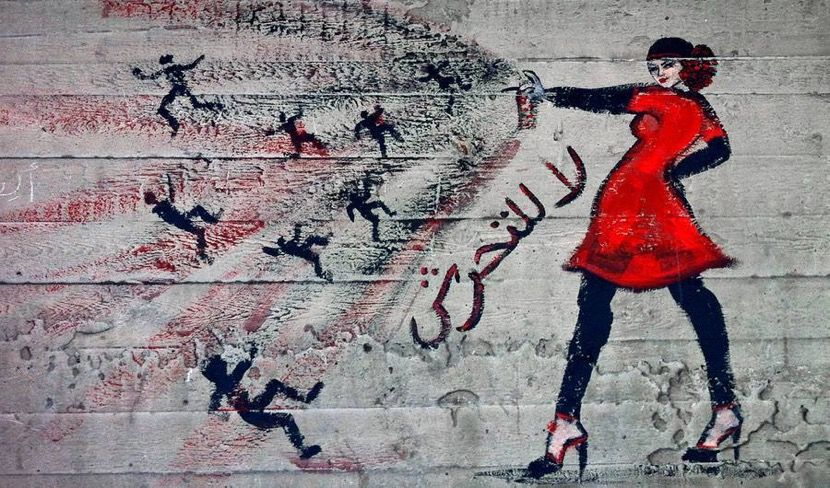
By association, I think of a marvelous quote by Argentine writer, Jorge Luis Borges: “Censorship is the mother of metaphor.” Street art, in oppressed societies or corrupt states takes on this heightened intensity and urgency, acting as a kind of alternative media or democratic, public newspaper. Such “writing on the wall”, airing the pressing social concerns of the people writ large for all to see, is intended to prick our conscience.
This reproduction of Gustav Klimt’s “The Kiss” in Syria, by Tammam Azzam, is a disturbing and powerful illustration of art and journalism, fused:
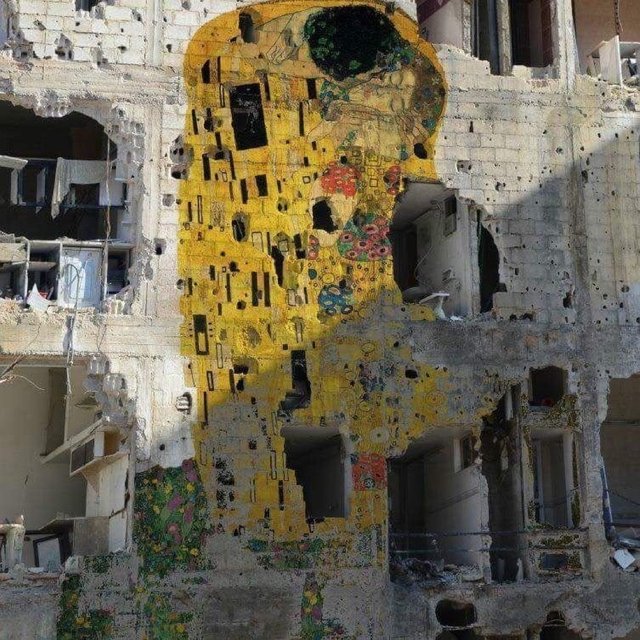
When I travel, I try to make time and take pictures of this art - recently, in Brazil, for example where they have a thriving street art culture - since it affords me glimpses into the soul of my hosts.
The pictures, below, are some of the images I’ve captured in Peru (mostly, in the bohemian district of Baranco):
